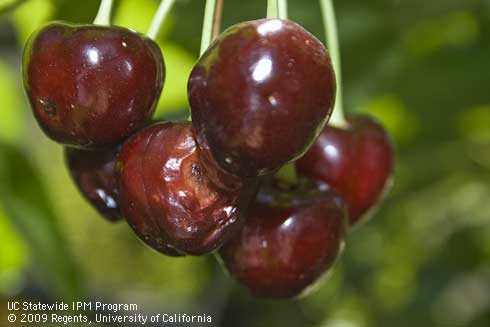The 2024/25 season ends with record-breaking export figures for cherries from New Zealand, driven by strong demand in Asian, American, and Middle Eastern markets. High prices and growing volumes mark a golden moment for the sector.
New Zealand’s agri-food exports are experiencing an extraordinary season. While the dairy sector is preparing to inject NZD 4.5 billion (around EUR 2.5 billion) into the local economy thanks to increased production and record-high prices, fruit remains one of the driving sectors.
Exports of kiwifruit and apples, after some challenging seasons, are showing positive signs, and cherries — although with smaller volumes — are shining as a true niche product with extremely high added value.
Cherries: value beyond volume
Cherries account for just 0.5% of the total volume of fruit and nut exports from New Zealand in the year ending February 2025, but they contribute 2.6% of the total value of this segment.
This performance highlights the high profitability of the product, which is in strong demand in premium international markets.
During the 2024/25 season, cherry exports reached 5.07 million kg, marking a 33% increase over the previous year. This is the highest volume ever recorded, well above the previous record of 4.2 million kg in 2017/18.
Record-breaking economic numbers
This volume boom also resulted in a record export value: NZD 124 million (around EUR 70 million), surpassing for the first time the symbolic NZD 100 million threshold.
In twenty years, export volume has increased nearly sixfold, while value has risen twelvefold.
Despite the surge in volume, average export prices remained strong, rising slightly to NZD 24.44/kg (around EUR 13.80/kg).
This clearly shows that global demand has successfully absorbed the additional supply, strengthening the outlook for the fruit and vegetable sector.
Destinations and future opportunities
The Asian market remains the core of New Zealand’s cherry exports, with Taiwan leading (46% of exports), followed by China (15%) and Vietnam (11%).
Overall, nine of the top ten destination markets are located in Asia, which accounts for 95.7% of total exports.
The United States, while still a volatile market, saw growth: with 144,000 kg imported (2.8% of the total), up from 1.7% in the previous season.
The Middle East also shows promising signs. The United Arab Emirates tripled their volume to 60,000 kg, while Saudi Arabia, absent in 2023/24, purchased 25,000 kg — a significant jump from just 2,500 kg in 2022/23.
The resilience of global demand — combined with the ability to maintain high prices despite growing volumes — proves how cherries are a strategic export product.
The New Zealand experience could also inspire Italy, where product quality and varietal innovations are valuable assets in international markets.
Asia and the Persian Gulf, in particular, remain rich opportunity territories for European producers.
Source: interest.co.nz
Image source: 123RF.com
Cherry Times - All rights reserved












